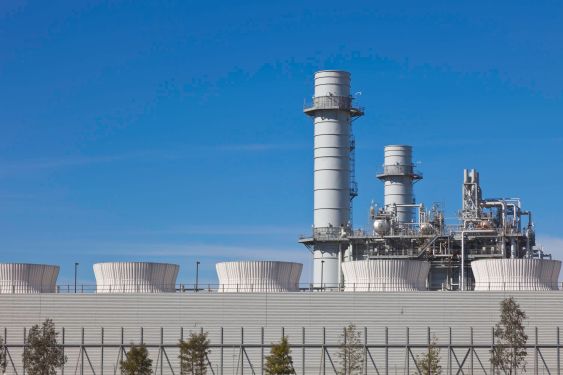Google announced today that it will invest in a natural gas power plant in Illinois designed to capture the majority of its carbon emissions. The 400-megawatt power plant will be built outside of Decatur next to an ethanol plant run by Archer Daniels Midland, which already captures carbon dioxide from its operations. Google will purchase most of the electricity to power its nearby data centers, while Archer Daniels Midland will use some of the power plant’s steam and electricity. The new project is being developed by Low Carbon Infrastructure.
Google stated it intends to capture approximately 90 percent of the carbon dioxide generated by the power plant. The carbon dioxide from Google’s power plant will be injected into the same geological storage formations already used by the adjacent ethanol facility. This site is the location of the first long-term carbon dioxide storage well in the United States.
Typically, around 2,000 metric tons of carbon dioxide are sent into the well every day. However, injections were halted in 2024 when salty brine, which stores dissolved carbon dioxide deep underground, was found to have migrated into unauthorized zones according to the EPA. Archer Daniels Midland said the leak resulted from corrosion at a monitoring well, and injections have since resumed.
While carbon capture and storage shows great promise for reducing emissions from coal and natural gas power plants, it has a mixed record in the field. A recent study of 13 carbon capture facilities, representing 55 percent of all captured carbon, shows that most are not living up to expectations. An ExxonMobil facility in Wyoming that processes natural gas has been capturing 36 percent less than expected. A 115-megawatt power plant in Canada, which is the most analogous to Google’s project, has only captured about 50 percent of what it had promised.
When it works, carbon capture and storage can help mitigate pollution from burning natural gas to generate power. However, it does not address the methane leaks that occur throughout the natural gas supply chain. Methane is a potent greenhouse gas, generating 84 times more warming over 20 years than carbon dioxide.
As a result, leaks can significantly change the carbon accounting. With leakage rates of just 2 percent, burning natural gas unabated puts it on par with coal in terms of climate impact. Capturing the carbon will reduce that figure, but it cannot eliminate the warming generated by extracting and transporting natural gas.

